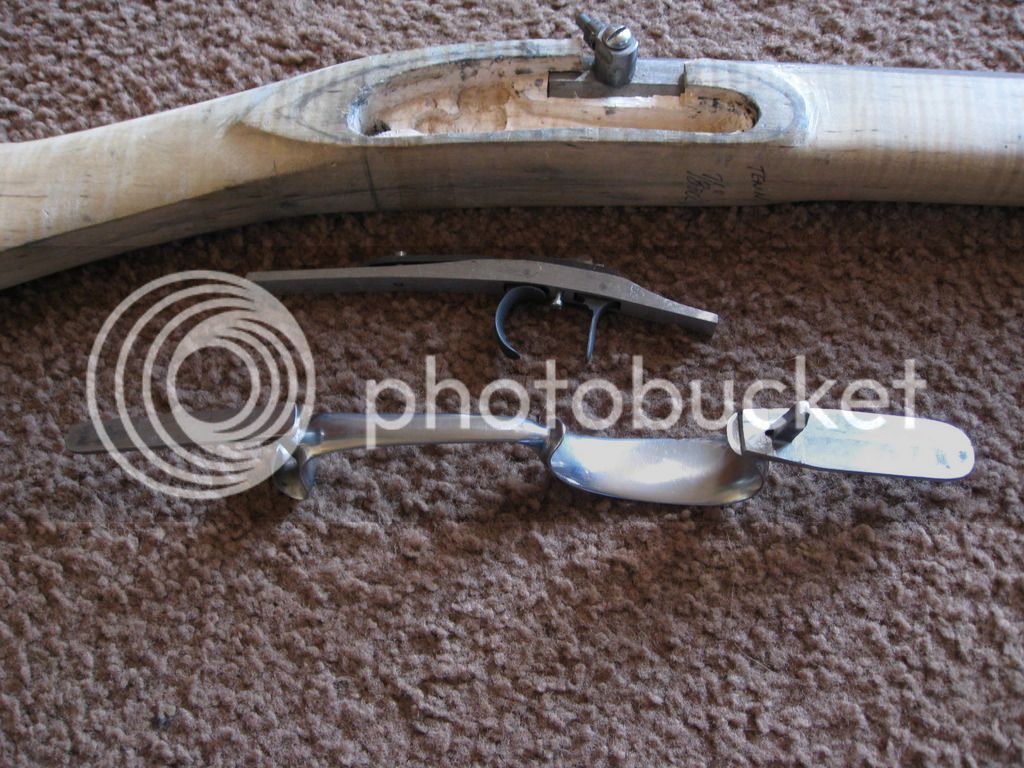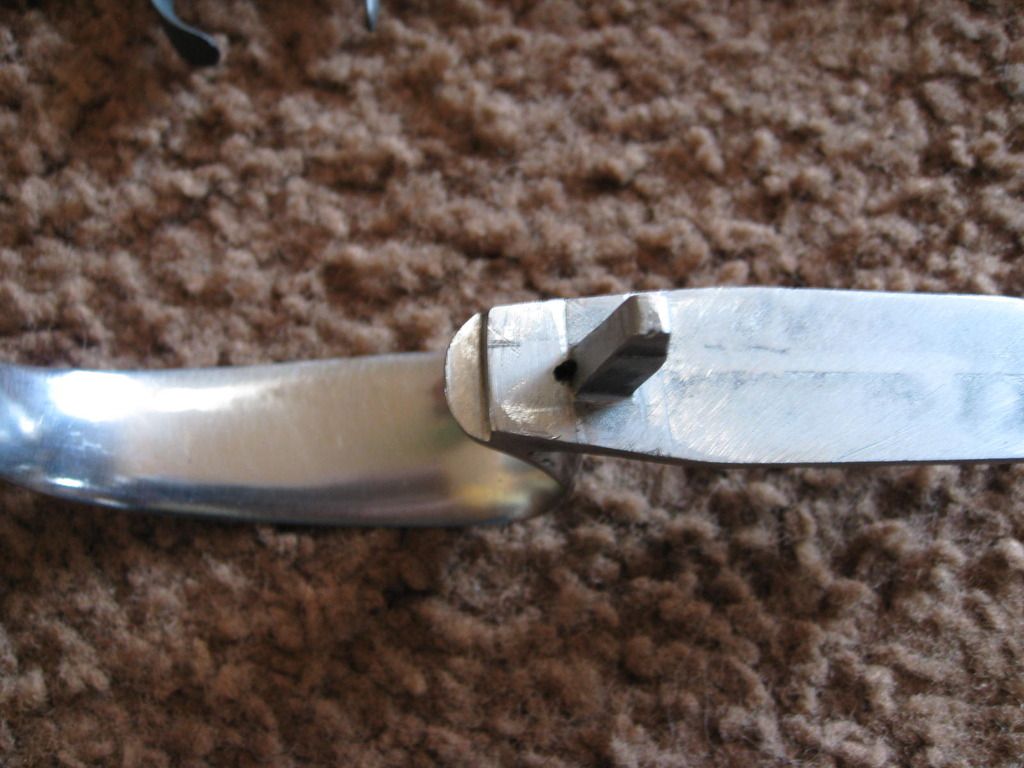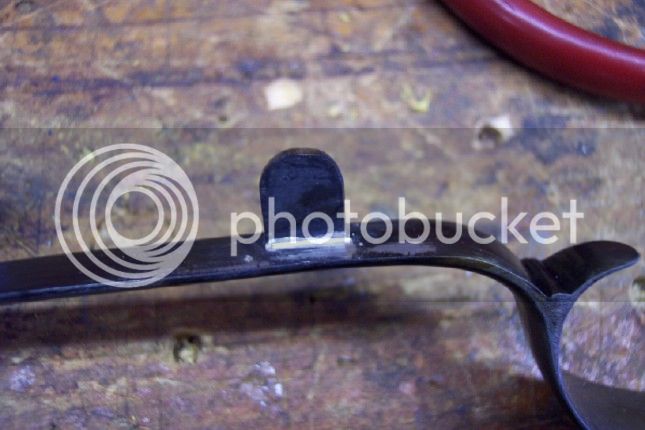About 25 years ago, a friend purchased parts to make his own rifle. And it then sat collecting dust until now his arthritis makes working on it impossible. Soo I bought the box of parts along with stock and barrel ($300) so I can give the project a try. I have worked on other guns so it is not totally new but I do have a few questions as I sort through the parts. The large metal spike at the front of the trigger guard--what is it for? A tab to pin the part I would understand but his is more like a nail sticking up. To put it in I would have to drill a large hole through the set trigger plate. With the dimensions I have to work with, the trigger guard would have to set on the surface of the stock. Inletting it would push the trigger assembly into the stock so far it would contact the lock. Then there is the issue of drilling for the tang bolt to go into the front of the trigger plate. with the geometry of the trigger plate, there would be quite an angle to drill into it. Any suggestions? I got an L&R lock, Green Mountain barrel (40 cal), and a Penn style stock with lots of stripe figure the entire length.












